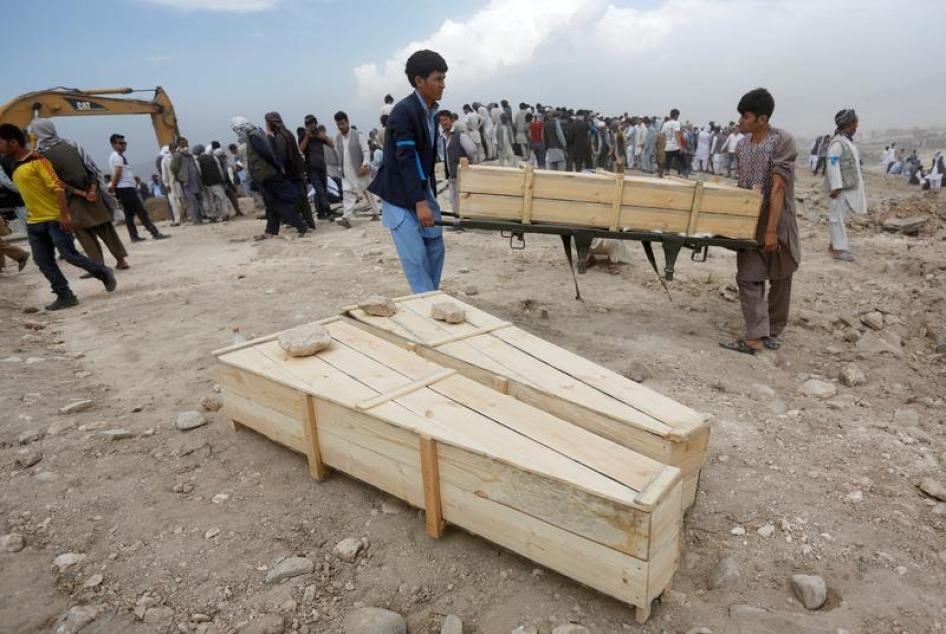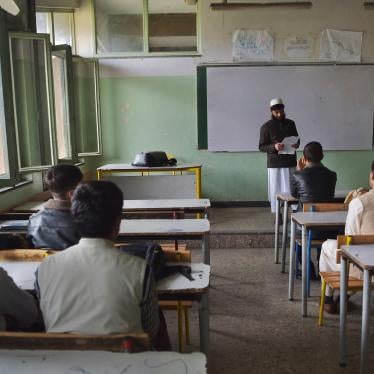The 2016 civilian casualties report from the United Nations Assistance Mission to Afghanistan (UNAMA) is a stark reminder of just how terrible the war in Afghanistan has become.
Following the pattern of previous years, 2016 set a record: UNAMA documented 11,418 civilian casualties (3,498 deaths and 7,920 injured) between January and December 2016, an overall increase of 3 percent. An appalling number of those casualties were children – 923 deaths, and 2,589 injured – a 24 percent increase over record-high numbers from 2015.
Unexploded ordinance left behind after fighting between Taliban and government forces accounted for almost two-thirds of child deaths.
UNAMA attributes the vulnerability of children to unexploded ordinance to the fact that many children living in contested areas have never received mine-risk education. Poor children foraging for scrap metal to sell are particularly vulnerable as they may search former battlefields littered with unexploded ordnance. Both Afghan government forces and the Taliban are responsible for
failing to clear civilian-populated areas of explosive remnants from the fighting.
Aerial operations by both Afghan government forces and international forces
killed 250 and injured 340 civilians, a 99 percent increase over 2015. Child casualties from aerial operations
more than doubled, to 200 (78 deaths and 122 injured), compared to 91 (36 deaths and 55 injured) in 2015.
The yearly release of these statistics – which have worsened each year since UNAMA began collecting the data in 2009 – inevitably prompts a great deal of head-shaking among officials in Kabul and donor country capitals over what can be done to mitigate civilian casualties.
The
report spells out a number of concrete measures that could make a difference.
The Taliban and other insurgents are still
responsible for most civilian casualties. They should stop deliberately targeting civilians, as defined by the laws of war, and cease conducting attacks that don’t discriminate between civilians and combatants, such as when improvised explosive devices are used.
While the Afghan government’s new civilian casualty mitigation policy is promising, it will mean little unless officials adopt concrete measures to minimize civilian casualties. Those measures include clearing affected areas of unexploded ordnance after operations, investigating all incidents of conflict-related harm to civilians, and holding those who violate the law accountable.
The government should also stop arming militias. Through 2016, various militias continued to
commit abuses, including summary executions of persons in custody. Such abuses only exacerbate tensions rather than improve security for the civilian population.









